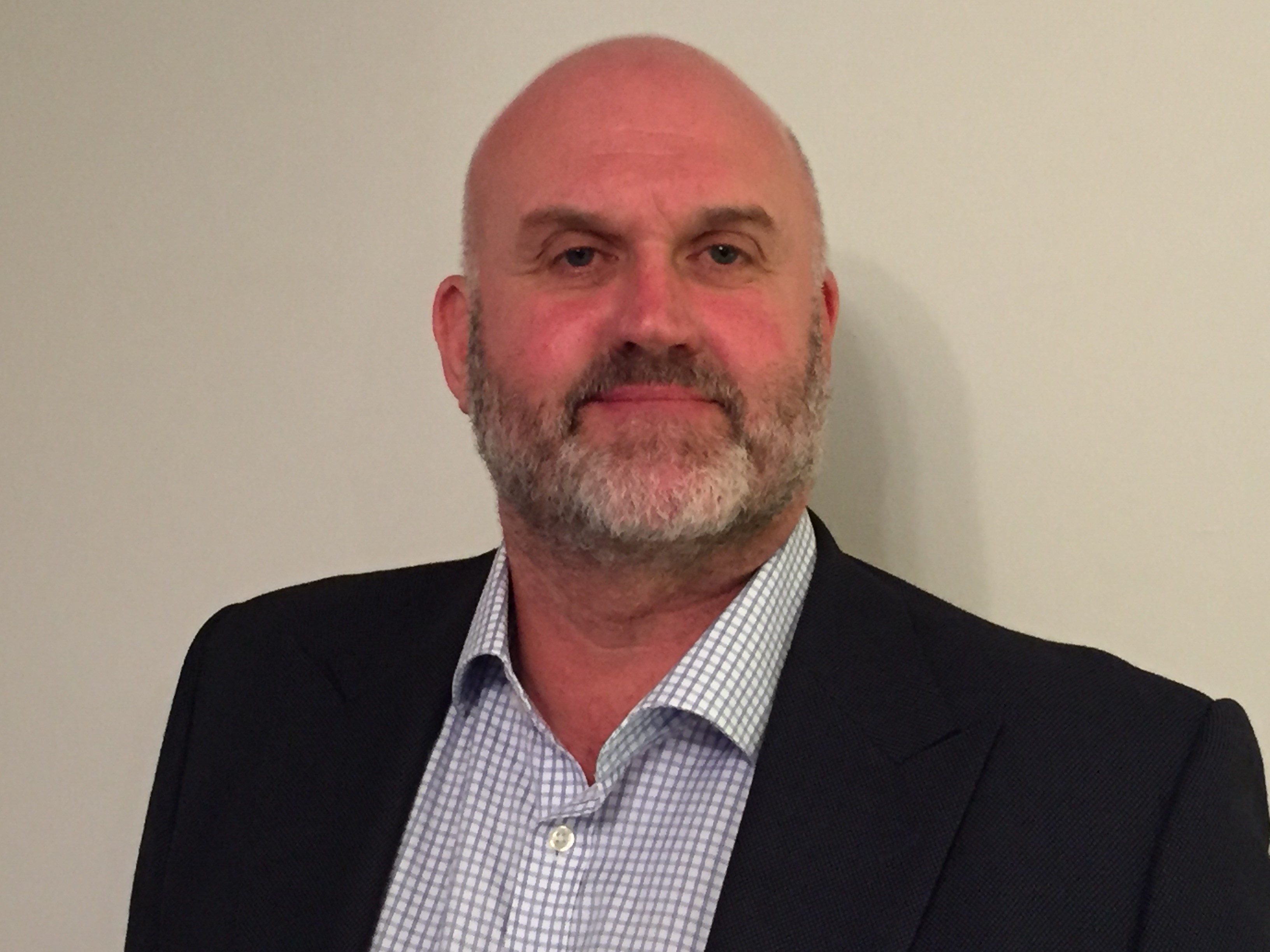
Webinar: Crisis learnings for Nonprofit managers
If you had the ability to predict exactly when the next pandemic was going to happen – what would you do? What key areas of your finance operations would you improve to help you better weather the storm?
The right tools and technologies can help your organization through rough times by providing you with the organizational flexibility, agility, planning capacity, and employee experience that can help you survive and thrive.
To help you understand how to properly consider these factors and implement the right strategy for your organization, we recently partnered with the Charity Finance Group to host a webinar: COVID-23 – what would you do differently?
In this webinar, we explored just how nonprofit organizations can prepare themselves for the next crisis. Here’s some of our favourite topics arising from the discussion:
Regular planning is great – flexible planning is even better
It’s no longer enough to make a budget, forecast, or financial plan at the beginning of the financial year based on the best numbers you have available, and then hope reality will be kind enough to stick to it.
The organizations that have been best able to weather the uncertainty we’ve all felt over the last two years are those which have already incorporated modern technology into their financial planning processes. Using unified cloud platforms to allow one-stop access to data and create and recreate plans to accommodate changes to their circumstance, and leveraging the power of AI-backed FP&A solutions to create plans for multiple scenarios that can prepare them for whatever curve balls the future decides to throw at them.
No matter what uncertainty awaits, when you empower yourself with technology that gives you the ability to plan and analyze holistically, you’ll be better positioned to make realistic assessments of your situation, explore your options, and create a financial future that benefits your people, your organization, and the communities you serve.
Talent management is financial management’s newest frontier
With good people harder to find (and harder to keep) than ever, effectively managing talent is rapidly becoming a top priority for your organization’s financial and strategic success. (After all, you can’t spend money on services – or provide those services coherently – if you’re constantly diverting resources into new hiring initiatives.)
Finance shouldn’t see themselves merely as the number crunchers and bean counters. But as the department that gives the organization the resources it needs to succeed. Your role is just as much about empowering teams to achieve impact as it is ensuring the books balance.
The organizations that have weathered the COVID storm well – and which will weather the next storm equally well – have coherent strategies for regularly measuring employee engagement, are investing money in technologies that help monitor and improve employee wellbeing, and which support now more or less firmly established remote working patterns.
A modern ERP and finance solution is vital for both operational flexibility and resilience
The technology choices your organization makes now will be the most important element of their long-term viability – especially as donor requirements for funding allocation become more stringent and service demands continue to rise.
The nonprofit sector has already reached the point at which brittle and outdated legacy systems cannot satisfy your operational requirements in a way that still allows your organization and people to deliver the kind of impact your mission requires of you.
With this in mind, your organization should begin carefully scoping requirements for a finance system that fits your requirements for both operational efficiency and user experience – if it isn’t already doing so. Because without this firm foundation, you will not be able to build the resilience you’ll need to survive upcoming crises, or the flexibility you’ll need to change your plans or even your operating model in order to embrace new opportunities.

Learn more
Learn more about how a modern finance solution can enhance your planning capabilities, your ability to attract and retain talent, and improve your flexibility as an organization to help you deliver greater impact. Register for this year’s Experience4U and check out what’s in store from our Nonprofit sessions below – including our industry keynote speech from former NetHope CEO Lauren Woodman, and a panel discussion with Medical Teams International and others.




